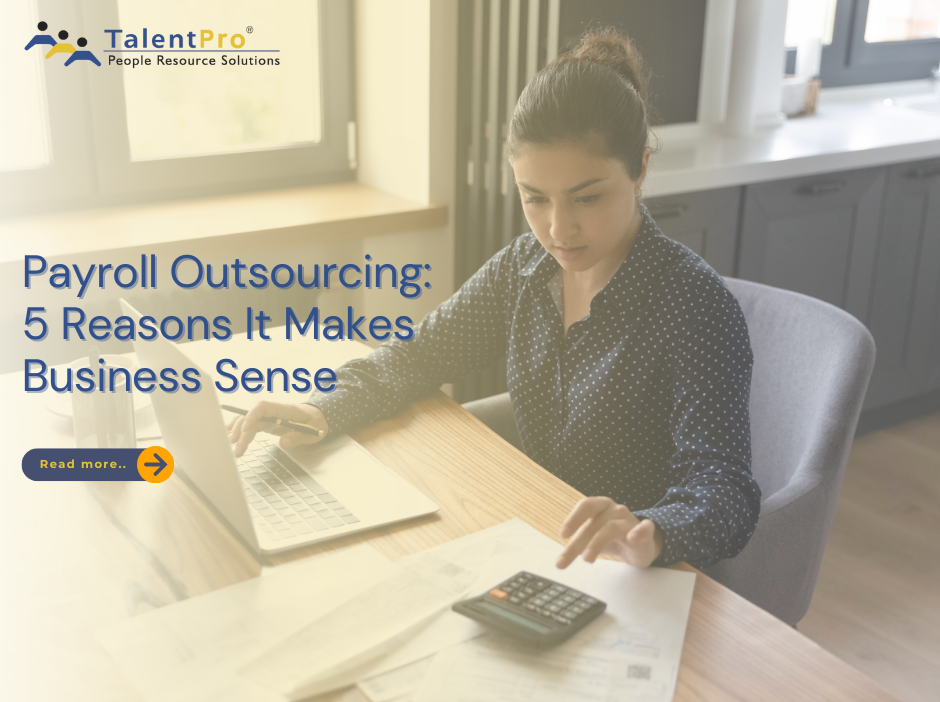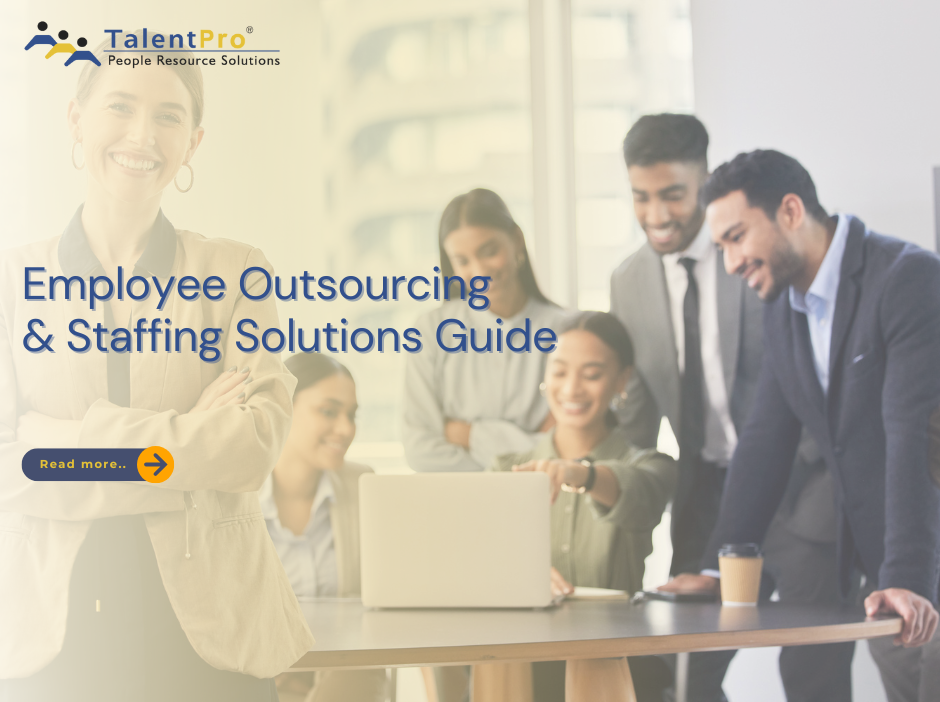Payroll Outsourcing: 5 Reasons It Makes Business Sense
For most businesses, payroll isn’t just another task—it’s one of the most demanding and detail-heavy responsibilities on the list. Paying employees correctly, keeping up with regulations, handling deductions, and ensuring complete accuracy can be time-consuming and drain internal resources. That’s why many companies are turning to payroll outsourcing. Still, some decision-makers hesitate, unsure about the cost and whether the shift will truly pay off.
This guide breaks down what payroll outsourcing typically costs, where those costs come from, and how you can maximize your return on investment. Whether you’re running a fast-growing startup or managing a large workforce, this overview will help you make an informed decision.
Understanding Payroll Outsourcing Costs
Payroll outsourcing fees can vary significantly based on factors such as your employee count, the complexity of your requirements, and the level of service you select. Below are the most common pricing models used in the industry:
1. Per Employee Per Month (PEPM)
One of the most widely used models. You pay a fixed rate per employee each month, making budgeting simple and predictable.
2. Flat Monthly Fee
Some providers charge a single monthly fee regardless of the number of employees. This structure works well for smaller companies with straightforward payroll needs.
3. Pay-As-You-Go
A flexible model where you only pay for the services you use—such as salary processing, tax filings, or reports.
A flexible model where you only pay for the services you use—such as salary processing, tax filings, or reports.
4. Bundled Plans
Many providers offer packages that combine payroll processing with compliance support and additional HR services. Although these bundles may appear costlier upfront, they often provide better overall value.
Many providers offer packages that combine payroll processing with compliance support and additional HR services. Although these bundles may appear costlier upfront, they often provide better overall value.
Hidden Costs You Should Be Aware Of
Even with transparent pricing models, a few additional charges may surface depending on your service provider:
- Setup or Onboarding Fees : for initial system configuration.
- Customization Charges : if your payroll structure requires tailor-made configurations.
- Compliance Update Fees : when laws change and systems need adjustments.
To avoid surprises, ask detailed questions and review the terms of your agreement carefully
Top Reasons Companies Choose to Outsource Payroll
Organizations that lack the time, tools, or expertise to manage payroll internally often choose outsourcing to lighten their administrative load.
Here are the biggest advantages:
• Saves Time :
Removing payroll from your to-do list frees up time to focus on activities that actually drive business growth—such as sales, operations, customer service, or product development.
Removing payroll from your to-do list frees up time to focus on activities that actually drive business growth—such as sales, operations, customer service, or product development.
• Reduces Payroll Errors :
Automated systems reduce the mistakes that typically occur with manual calculations and data entry.
Automated systems reduce the mistakes that typically occur with manual calculations and data entry.
• Improves Data Security :
Established payroll service providers use advanced security systems, encrypted technology, and redundant backups to protect sensitive employee data.
Established payroll service providers use advanced security systems, encrypted technology, and redundant backups to protect sensitive employee data.
• Ensures Compliance :
Payroll firms stay up-to-date with changing tax laws and regulatory requirements, handling the related paperwork to reduce the compliance burden on your team.
Payroll firms stay up-to-date with changing tax laws and regulatory requirements, handling the related paperwork to reduce the compliance burden on your team.
• Integrates Business Data :
When payroll connects seamlessly with time tracking, benefits, and other HR tools, you get better accuracy and quick access to information through a single login.
When payroll connects seamlessly with time tracking, benefits, and other HR tools, you get better accuracy and quick access to information through a single login.
• Supports Employee Self-Service :
Employees can view payslips, update withholding details, and track their hours directly from their devices—no need to run everything through HR.
Employees can view payslips, update withholding details, and track their hours directly from their devices—no need to run everything through HR.
• Lowers Costs in the Long Run :
Although there are service fees, outsourcing is often cheaper than the cost of fines, penalties, and inefficiencies caused by payroll mistakes.
Although there are service fees, outsourcing is often cheaper than the cost of fines, penalties, and inefficiencies caused by payroll mistakes.
What You Can Expect from a Reliable Payroll Provider
A capable payroll outsourcing partner combines experience with technology to ensure accurate and timely processing. Most reputable providers offer:
- Payroll processing with optional accounting system integration
- Payroll tax calculations and filings
- Employee self-service portals are accessible on any device
- Flexible payment options such as direct deposit or paycards
- Year-end documentation and statutory submissions
- Wage garnishment handling
- Custom and standard payroll reports
- Employee data and record management
- New-hire reporting
- Consistent, accessible client support
In addition, most benefits programs require payments to multiple providers. Outsourcing helps ensure every deduction is accurate and every payment is made on time, preventing lapses in coverage. Many payroll firms also offer integrated benefits platforms that allow employers to add or remove staff easily, automate deductions, and give employees direct access to their benefits information—without involving the business owner for every small query.










